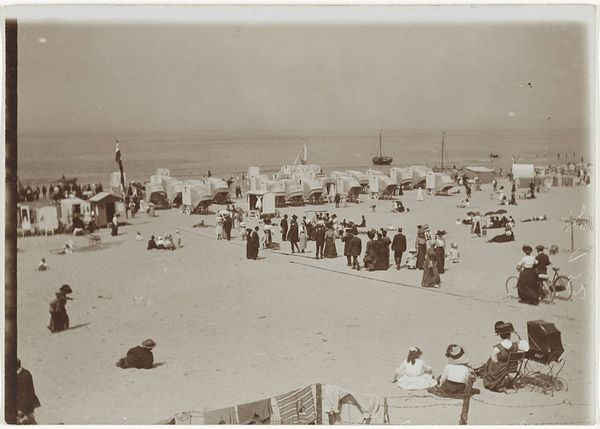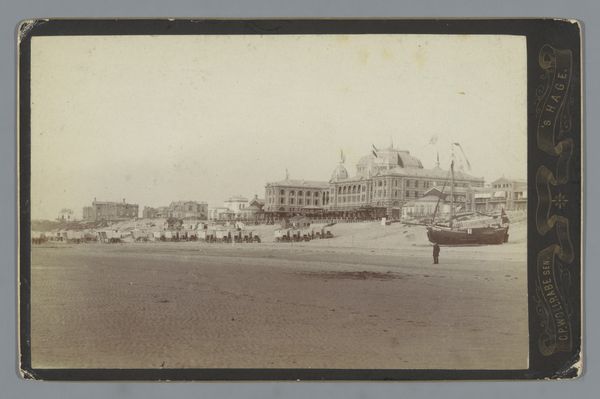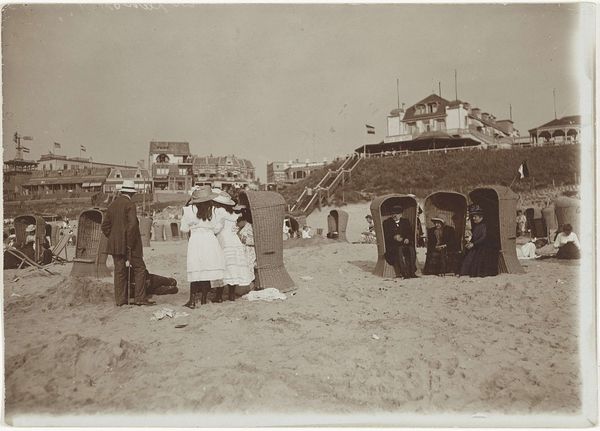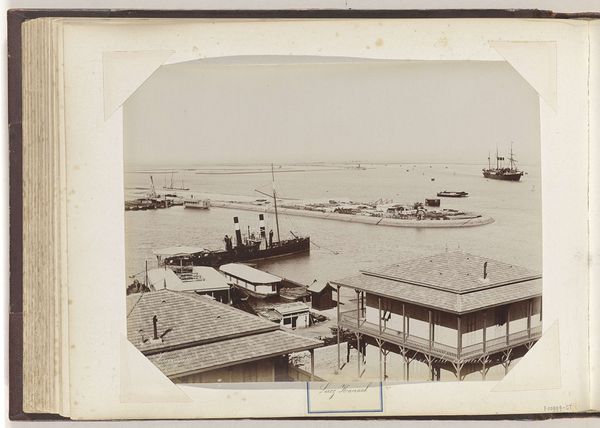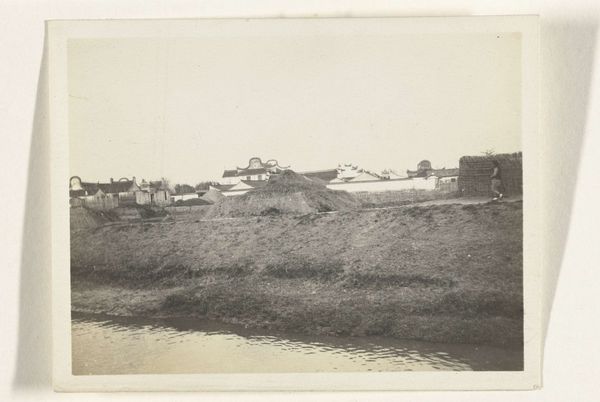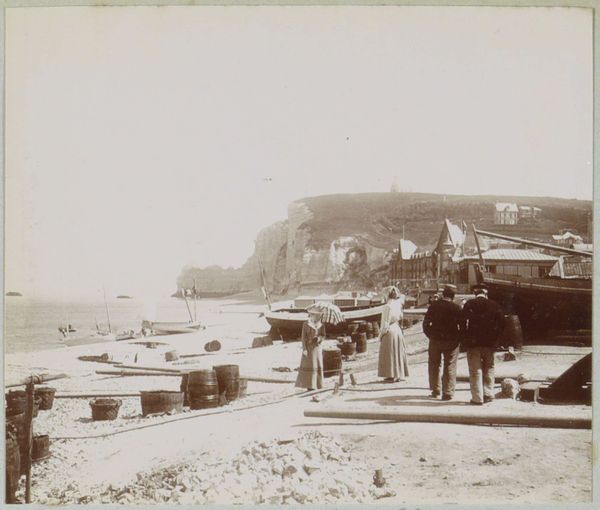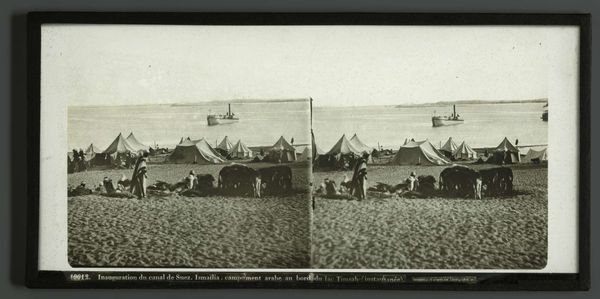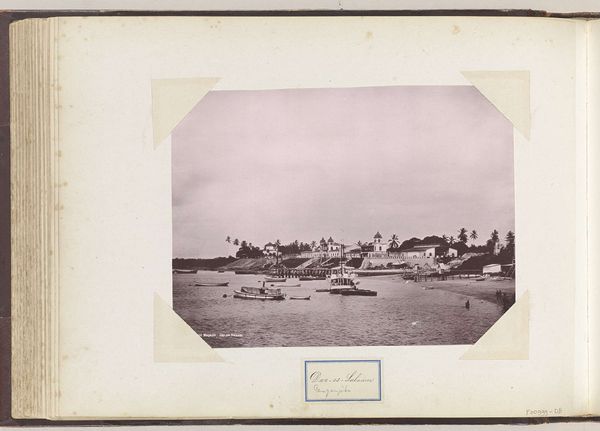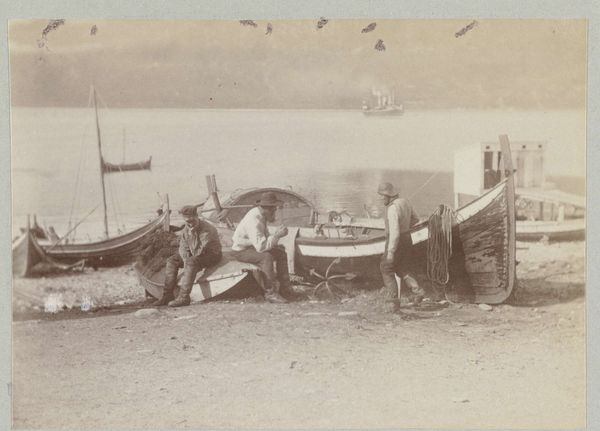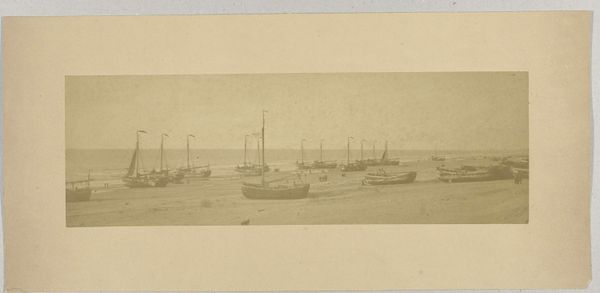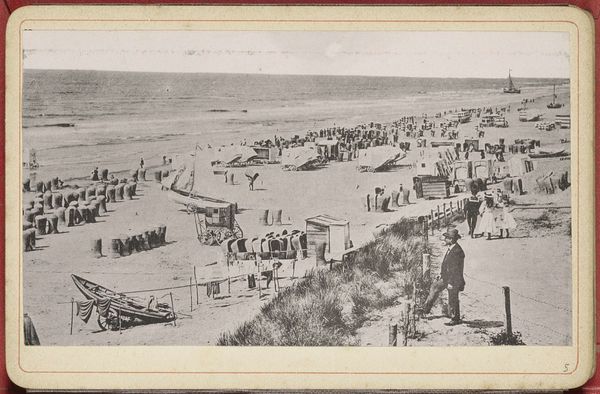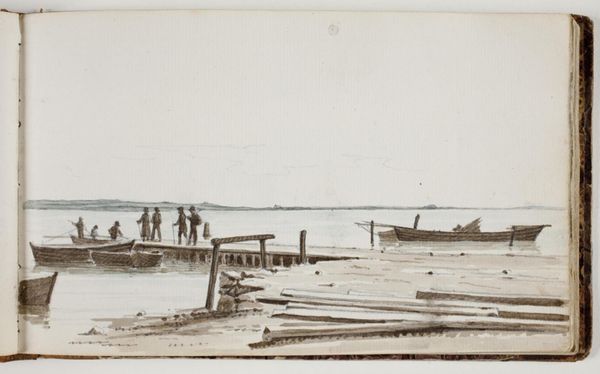
photography
#
still-life-photography
#
landscape
#
photography
#
realism
Copyright: Rijks Museum: Open Domain
Editor: This is "The Beach at Zandvoort with a Rowing Boat," a photograph taken by Knackstedt & Näther between 1900 and 1905. There’s something so timeless about it. I mean, it captures a moment of leisure, but with this incredible formality. What strikes you most about this work? Curator: What immediately grabs me is how this photograph is both documenting and constructing a very specific vision of leisure and class. Consider the historical context: The late 19th and early 20th centuries saw a rise in beach culture among the European middle and upper classes. This photograph isn't just about people enjoying the seaside; it's about the performance of social identity. Look at the beach chairs, the bathing machines. They are literally and figuratively structuring access to nature. Editor: That’s fascinating! I hadn’t thought about the architecture on the beach in that way, like social signifiers. Curator: Exactly! How are people positioned? How is gender being performed? Are there children present? Consider too, the limitations of photography at the time. Longer exposure times meant stillness was prized. Think of how those restrictions shaped not just the composition, but the very ideals being documented. What is visible, and equally important, what’s invisible in the image? Who is included and who is conspicuously absent? Editor: So it's almost a study of social stratification through the lens of leisure…I can see how seemingly candid photography can be loaded with so much cultural weight. Curator: Precisely. And that’s what makes it powerful. It's a document of a specific time, but it invites us to consider the broader issues of class, access, and representation that are still very relevant today. Editor: Thank you for the expanded insight! Curator: It has been my pleasure!
Comments
No comments
Be the first to comment and join the conversation on the ultimate creative platform.
